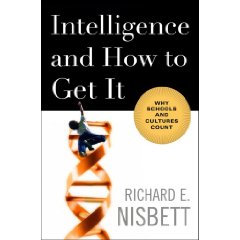
By Andrew Hessert, Andrew Medvecz, Jimmy Miller, Jacquelyn Richard
Barry Bonds elevated his game to the next level with “the clear” and “the cream”, shattering legendary records in the process. Are scientists, students, and other academics about to do the same?
While stars such as Barry Bonds and Jason Giambi continue to defend themselves against their alleged use of performance-enhancing drugs, a new debate over the use of a different kind of performance-enhancing drug has begun to rage in the scientific world.

Cognitive enhancers like Adderall and Ritalin have commonly been used as a treatment for behavioral disorders such as Attention Deficit/Hyperactivity Disorder. However, these drugs are now becoming popular “performance enhancing” substances for healthy individuals trying to gain a competitive edge by boosting their overall cognitive function.
Henry Greely, a Stanford Law Professor, advocates for unrestricted availability of these drugs, claiming the enhancers will level the “cognitive playing field” and spark a new era of increased innovation. But Greely and other advocates fail to recognize the severe personal and societal consequences that such availability would generate, looking instead to a pharmaceutical solution that would, in the end, cause more problems than it would solve.
How They Work
Ritalin and Adderall have been on the market since the 1960s to treat conditions like ADD and ADHD (Center for Substance Abuse Research, 2005). While the specific mechanisms of these disorders have yet to be fully elucidated, cognitive enhancers have been successful in controlling or mitigating symptoms in patients. Ritalin (methylphenidate) and Adderall (dextroamphetamine) both inhibit dopamine reuptake, allowing dopamine signals to remain active for longer periods of time (Jones, Joseph, Barak, Caron, & Wightman, 1999). Provigil (modafinil), an alternative to the potentially addictive dopaminergic drugs, operates in similar fashion, but instead blocks reuptake of the neurotransmitter norepinephrine.



 My eight year old son just wrapped up his science presentation project for school, a large poster that he’ll share with his class and then judges at the school’s version of a Science Fair. His topic? How the Brain Works.
My eight year old son just wrapped up his science presentation project for school, a large poster that he’ll share with his class and then judges at the school’s version of a Science Fair. His topic? How the Brain Works. By James J. McKenna Ph.D.
By James J. McKenna Ph.D.